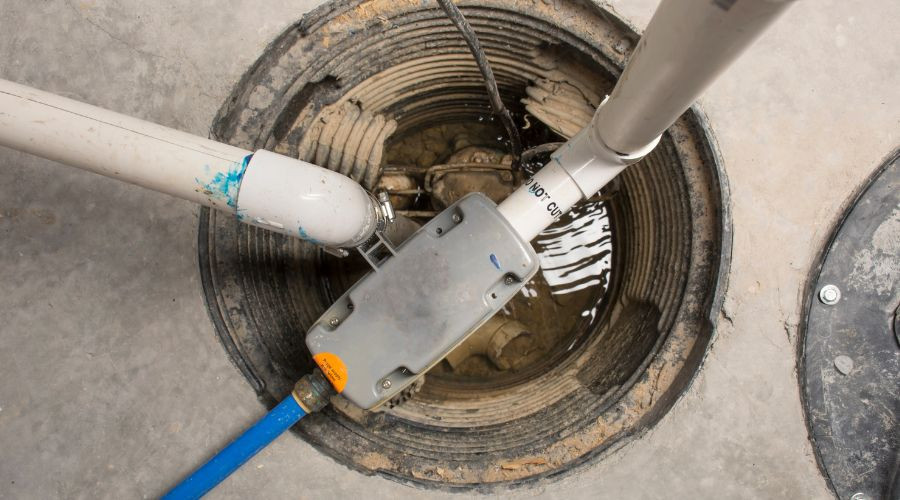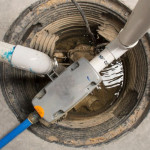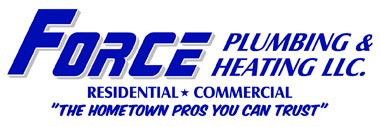What Is a Sump Pump?
A sump pump is a device installed in the lowest part of a basement or crawl space, designed to prevent flooding by removing accumulated water and directing it away from the home. As weather patterns grow increasingly unpredictable, sump pumps provide a reliable defense against water intrusion, protecting the structural integrity of homes and preventing costly damage. This article explores the benefits of installing a sump pump, highlighting how it safeguards properties during heavy rains and offers homeowners peace of mind.
Benefits of Sump Pumps
 Sump pumps are essential devices that play a critical role in protecting homes from water damage. Here are the detailed benefits of installing a sump pump:
Sump pumps are essential devices that play a critical role in protecting homes from water damage. Here are the detailed benefits of installing a sump pump:
- Flood Prevention: Sump pumps actively remove excess water from basements or crawl spaces by pumping it away from the home's foundation. This prevents flooding during heavy rains or rapid snowmelt, safeguarding the structural integrity of the building and avoiding water-related damages that can lead to expensive repairs.
- Foundation Protection: By directing water away from the property, sump pumps help prevent the deterioration of foundation walls and floors. Consistent exposure to water can weaken structural components, potentially leading to cracks and instability. A sump pump is a proactive measure to preserve the foundation's strength and longevity.
- Mold and Mildew Reduction: Excess moisture in basements can create a breeding ground for mold and mildew, which pose serious health risks such as allergies and respiratory issues. By keeping these areas dry, sump pumps significantly reduce the chances of mold growth, contributing to a healthier indoor environment.
- Energy Efficiency: Although sump pumps use electricity, they help avoid damp conditions that might force HVAC systems to work harder to dehumidify the space. This indirect benefit can contribute to overall energy efficiency and reduce utility costs.
- Increased Property Value: Homes equipped with sump pumps may have higher market value due to the added protection against water damage. Potential buyers often view the presence of a sump pump as a desirable feature, demonstrating the homeowner's foresight in property protection.
By effectively managing and preventing water intrusion, sump pumps offer comprehensive benefits that safeguard property investments and contribute to healthier, more secure living environments.
Primary Types of Sump Pumps
When considering a sump pump installation, homeowners typically choose between two primary types: submersible and pedestal. Each type has distinct advantages and disadvantages, catering to different needs and preferences.
Submersible Sump Pumps
Pros:
- Powerful Performance: Submersible pumps are designed to sit directly inside the sump pit and are completely submerged in water. This design allows them to be more powerful than pedestal pumps, efficiently handling larger volumes of water, which is ideal for homes prone to significant water influx.
- Quieter Operation: Being submerged, these pumps are generally quieter, as the surrounding water provides sound insulation, making them less disruptive.
- Aesthetic and Safety Benefits: Since these pumps are housed within the sump pit, they remain out of sight and safe from accidental damage or tampering.
Cons:
- Higher Cost: Submersible pumps are more expensive upfront than pedestal pumps due to their efficient performance and integrated motor.
- Shorter Lifespan: Typically, submersible pumps have shorter lifespans, approximately 5 to 10 years, primarily due to constant exposure to water and debris.
Pedestal Sump Pumps:
Pros:
- Longer Lifespan: With an elevated motor that sits above the sump pit and remains dry, pedestal pumps often have a longer operational lifespan, typically lasting 15 to 25 years.
- Cost-Effective: Pedestal pumps are generally less expensive to purchase and install than their submersible counterparts, making them an attractive option for budget-conscious homeowners.
- Easy Maintenance: The accessible, elevated design of the motor makes pedestal pumps easier to service and repair.
Cons:
- Louder Operation: As the motor is not submerged, pedestal pumps are noisier during operation, which might be a consideration for those who prefer quieter alternatives.
- Lower Power and Aesthetic Impact: Pedestal pumps are less powerful than submersible models, and their visible design can be less aesthetically pleasing.
Choosing between a submersible and a pedestal sump pump depends on individual needs, budget considerations, and specific installation contexts.
Secondary or Backup Sump Pumps
 Secondary or backup sump pumps are critical for comprehensive flood protection, offering additional security when primary pumps fail or during power outages. Here are why installing a secondary pump is a wise decision for homeowners seeking reliable waterproofing solutions.
Secondary or backup sump pumps are critical for comprehensive flood protection, offering additional security when primary pumps fail or during power outages. Here are why installing a secondary pump is a wise decision for homeowners seeking reliable waterproofing solutions.
- Power Outages: Primary sump pumps often function on a home's electrical power. During severe weather events, power outages are common, leaving homes vulnerable to flooding when they're most at risk. Backup pumps, which are typically battery-powered, ensure that water removal continues even if the main power supply is interrupted.
- Primary Pump Failure: Mechanical issues, clogs, or overloads can cause primary pumps to fail unexpectedly. A secondary sump pump acts as an immediate line of defense, automatically activating when the primary pump ceases to function properly. This redundancy is crucial in preventing water damage, especially during high water inflow situations.
- Increased Capacity: Even when functioning correctly, a single primary pump may struggle to maintain the water volume during extreme precipitation or rapidly melting snow. A backup system can provide additional pumping power to manage excess water, ensuring the sump pit doesn't overflow.
- Peace of Mind: For homeowners, knowing a secondary system provides confidence that their property's flood protection is robust. This peace of mind can be invaluable in areas prone to heavy rains or frequent power outages.
Incorporating a secondary or backup sump pump is a proactive measure that can save homeowners from significant water damage and costly repairs.
About Force Plumbing and Heating LLC
Force Plumbing and Heating LLC is a full-service plumbing, heating, and drain cleaning company that provides reliable, high-quality service. They are fully licensed, bonded, and insured for your ultimate peace of mind. Contact them for sump pump installation services in Hazlet and Red Bank, NJ.



